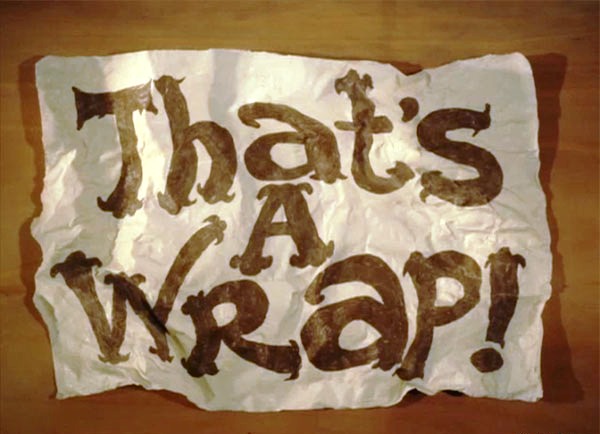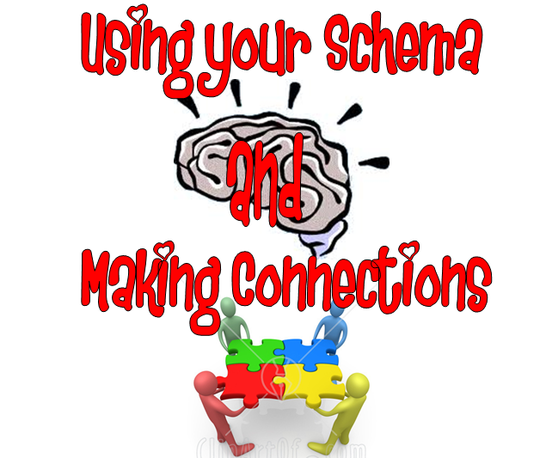After view a slideshow about 100 different ways to teaching geography, I have selected the 10 ideas that I like best and would like to share them!
1. Google Earth- A students selects a piece of paper at random from a hat, bucket, etc. The paper has a destination, location, landmark, or city on it. The whole class "flies" there through Google Earth.
2. The 60 Second Film - Students summarize a concept in a 60 second short film. This enables students to be creative and to convey the knowledge they have learned in a nontraditional way.
3. Newspaper Mapping - Students bring in newspaper articles about a geographical area that they are interested in. The articles are displayed on a world map and later discussed.
4. Sing It- Have students change the lyrics of a nursery rhyme to fit an issue or the development of a physical feature.
5. Montage a Google - Created by Grant Robinson, can be used to create a montage of Google images representing a topic, region, destination, ,etc. This image can be used to introduce the lesson, activate prior knowledge, or sum up a lesson.
6. Warm Up Maps - Students draw lines to connect specific places to there location on a map. Can be used as a warm up activity.
7. Dizzy Direction - Students have to turn to face the correct wall when the compass direction is called out by the teacher.
8. Atlas Race - Students race to put their finger on the place that is called in their atlas.
9. Throw a Globe - Students toss an inflatable globe to one another to answer questions that are asked. The student who catches the globe answers the question.
10. GeoTube - Geography videos on YouTube.
To check out some of the other ideas click HERE!









